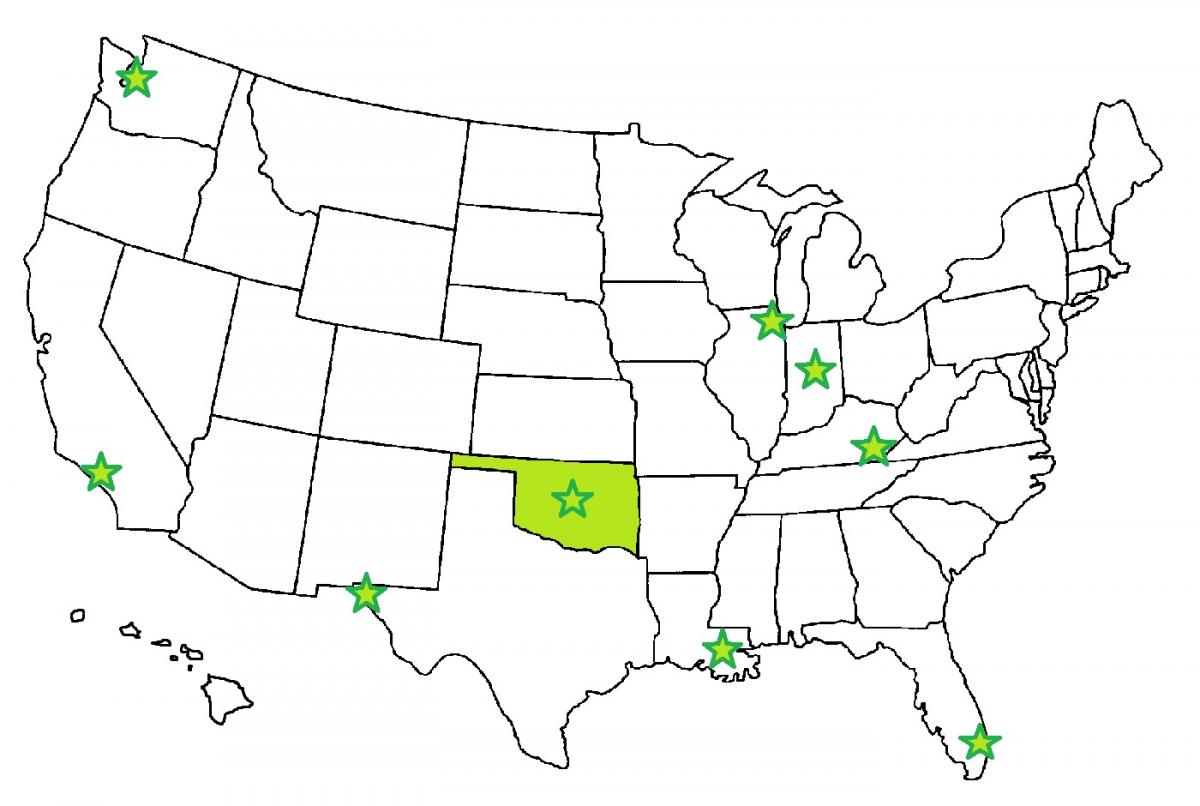October 29, 2015
By Teri DeVoe
Library Program Officer, IMLS
Improving education, employment, and other key outcomes for youth is a goal that we at IMLS and our Federal partners share with communities across America, especially for low-income youth who are disconnected from work, school, or other social supports. Over the last year we’ve participated in the interagency Performance Partnership Pilots for Disconnected Youth (P3) initiative, which is providing state, local, and tribal governments an opportunity to test new strategies to improve outcomes for low-income disconnected youth ages 14 to 24. Led by the U.S. Department of Education, P3 brings together six federal agencies, including the Departments of Labor, Health and Human Services, and Justice as well as the Corporation for National and Community Service and IMLS, to respond jointly to common challenges that communities face in serving these youth.
The idea is simple: P3 gives communities greater flexibility to use the federal dollars they already have more effectively, and they agree to be more accountable for concrete outcomes. This first set of pilots will test flexibility with federal youth-serving funds in diverse environments across America, including urban, rural, and tribal communities. Pilot sites include:
- Baton Rouge, Louisiana
- Broward County, Florida
- Chicago, Illinois
- Indianapolis, Indiana
- Los Angeles, California
- The State of Oklahoma
- Seattle, Washington
- Southeastern Kentucky, including Bell, Clay, Harlan, Knox, Leslie, Letcher, and Perry Counties
- Ysleta del Sur Pueblo

We are especially pleased to note that two of these pilots, Broward County and Ysleta del Sur Pueblo, are leveraging IMLS library funds. In the coming weeks, Federal agencies and these sites will finalize performance agreements that will support the pilot’s work and outline the outcomes these solutions will be measured against.
Pilots will implement solutions that include, for example, helping low-income youth acquire the skills to become better parents while gaining valuable job experience through childcare internships, helping foster youth successfully transition from high school to college or employment, and intervening with the highest-risk youth before they drop out of high school. We’ve asked sites to match existing evidence of what works with community challenges identified through a needs assessment and to demonstrate how they will use reliable data to guide decision-making and accountability. The pilots can tackle these challenges more effectively by blending together certain federal funds that they already receive from the participating agencies and by acquiring new waivers and flexibility under federal statutes, regulations, and other requirements. All nine pilots responded to the competition’s incentive to rigorously evaluate at least one component of their on-site approach, and we will also conduct a national cross-site evaluation of how pilots implement the P3 model.
To help prepare for the second P3 competition, which will be held this winter, the Department of Education has released a Notice of Proposed Priorities on behalf of participating agencies to seek ideas from the field on strengthening this important initiative and empowering communities to think big about reconnecting youth.
The zip code a young person is born in should never determine his or her outcomes in life. We look forward to building on the promising plans of the first nine pilots as we move into the next phase of P3.